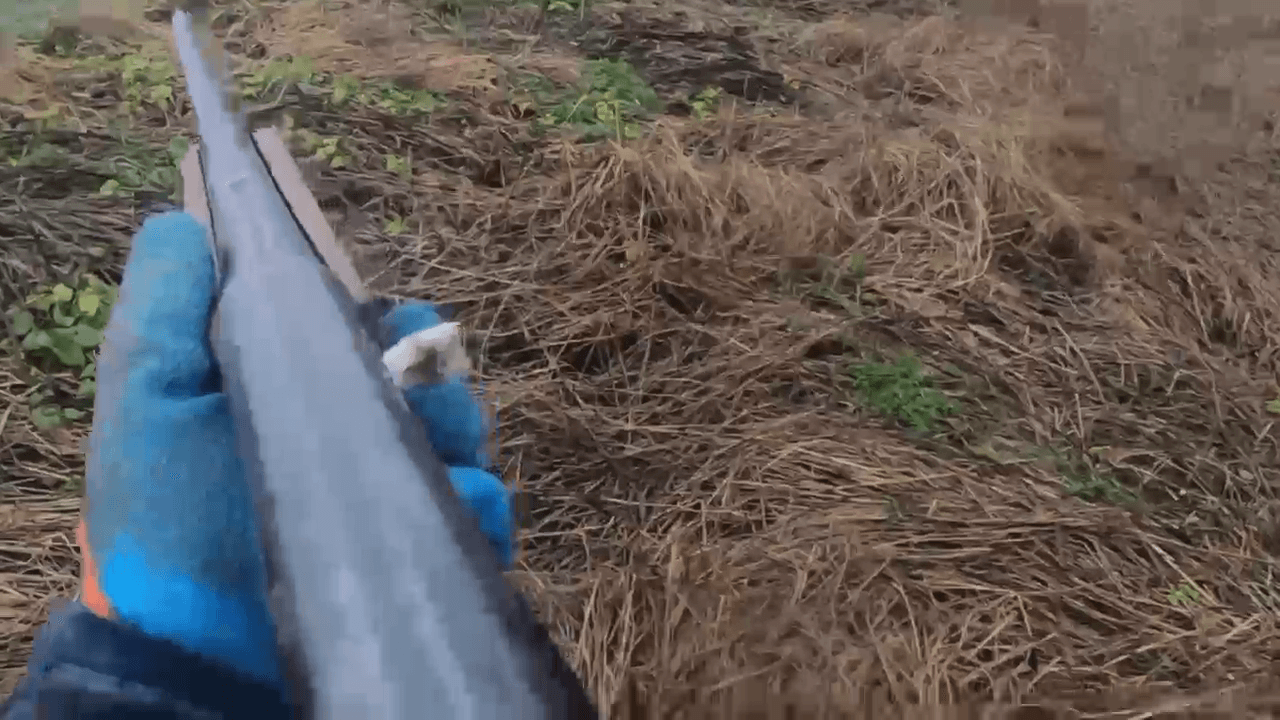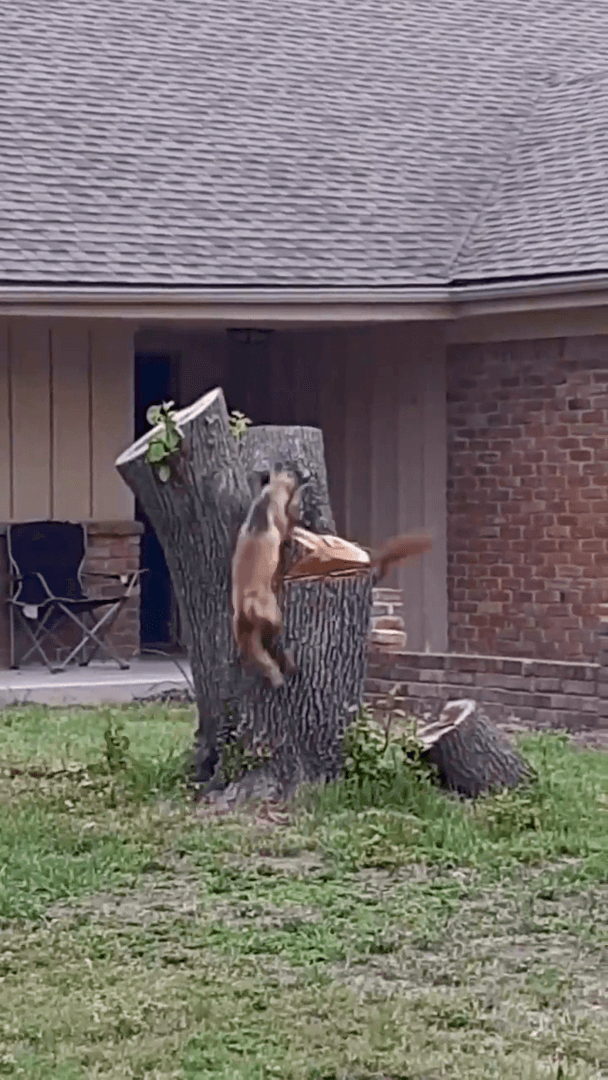
Fox Hunting in Belarus: Tradition, Methods, Weapons, Seasons, Tips. Fox hunting in Belarus is a time-honored pursuit that blends skill, patience, and deep knowledge of the land. With vast forests, ravines, and open fields, Belarus offers a natural habitat for the red fox — a cunning and elusive predator that has long fascinated hunters. Unlike stylized hunts in Western Europe, fox hunting in Belarus is rooted in practical wildlife management and traditional fieldcraft. This article provides a comprehensive overview of fox hunting in Belarus, including methods, legal framework, seasons, pricing, weapons, and real-life cases. It is written for hunters seeking authentic experiences and insight into one of Eastern Europe’s most challenging hunts. --- Fox Hunting in Belarus: Overview The red fox (Vulpes vulpes) is widespread across Belarus, thriving in mixed woodlands, meadows, and agricultural zones. It is considered a non-regulated species, meaning hunting is allowed year-round without quotas or gender restrictions. Foxes are hunted for their fur, population control, and sport. Despite their abundance, foxes are notoriously difficult to hunt. Their acute senses, unpredictable behavior, and ability to double back on their trail make them a formidable quarry. --- Hunting Methods Fox hunting in Belarus employs a variety of techniques, each suited to different terrains and seasons: 1. With Hounds and Burrowing Dogs • Jagdterriers, dachshunds, and fox terriers are commonly used. • Dogs flush foxes from dens or chase them through underbrush. • Often combined with driven hunts involving multiple hunters. 2. Ambush Hunting • Hunters wait near known trails or feeding areas. • Best during winter when foxes are active during daylight. 3. Stalking (Approach Hunting) • Requires stealth and knowledge of fox behavior. • Effective in snow-covered landscapes where tracks are visible. 4. Calling and Luring • Use of distress calls (e.g., rabbit squeals) to attract foxes. • Decoys and scent attractants may be used. 5. Flagging (Salary Flags) • A traditional method using visual barriers to direct fox movement. • Often used in winter hunts with snow cover. --- Weapons and Equipment Fox hunting in Belarus allows both armed and unarmed methods. Common firearms include: • Smoothbore shotguns (12, 16, or 20 gauge) with buckshot or slug • Small-caliber rifles (.22 LR, .223 Rem) for precision shots • Night vision optics and thermal scopes for nocturnal hunts • Crossbows and bows (less common, but permitted) Hunters must carry valid permits and follow safety regulations. Foreign hunters require temporary import licenses for weapons and ammunition. --- Seasons and Conditions Fox hunting is legal all year, but seasonal conditions affect success: • Winter (Dec–Feb): Best visibility, foxes are active during the day, fur is prime quality. • Spring (Mar–May): Breeding season; hunting discouraged near dens. • Summer (Jun–Aug): Dense vegetation makes tracking difficult. • Autumn (Sep–Nov): Pre-winter feeding increases movement. Foxes prefer forest edges, ravines, and abandoned fields. Snow cover improves tracking and visibility. --- Pricing and Services Fox hunting in Belarus is affordable compared to big game hunts. Typical costs: • Shooting fee: €30–€50 per fox • Wounding fee: €15–€25 • Guide services: €50–€70 per day • Accommodation and meals: €25–€60 per day • Weapon rental: €50 per hunt • Trophy preparation: €20–€30 Some outfitters offer package tours including transport, permits, and lodging. Visa-free entry is available for citizens of 80+ countries arriving via Minsk Airport. --- Real-Life Case: The Fox That Fought Back In January 2011, a hunter in the Grodno region approached a wounded fox intending to finish it off with the butt of his rifle. In a bizarre twist, the fox resisted and accidentally pulled the trigger, shooting the man in the leg. The hunter was hospitalized, and the fox escaped. This incident became a viral story, highlighting the unpredictability of fox hunting and the need for caution even with wounded animals. --- Tips for Successful Fox Hunting • Scout the area: Look for tracks, droppings, and dens. • Use scent control: Foxes have an excellent sense of smell. • Stay quiet and patient: Sudden movements alert foxes. • Choose the right time: Early morning or dusk are ideal. • Practice shooting: Small targets and quick reflexes are key. • Work with local guides: They know the terrain and fox behavior. --- Conclusion Fox hunting in Belarus is not just a sport — it’s a test of skill, patience, and respect for nature. With its rich landscapes, traditional methods, and affordable pricing, Belarus offers one of the most authentic fox hunting experiences in Europe. Whether you’re a seasoned hunter or exploring new terrain, the red fox will challenge your instincts and reward your effort. Just remember: in Belarus, even the fox might fight back. https://m.uh.app/news/hunting-in-belarus-a-hunters-guide-to-the-land-of-forests-and-marshes_3rwIoO8DEe-CuadJgxiXQg
Post: 3 January 19:45

